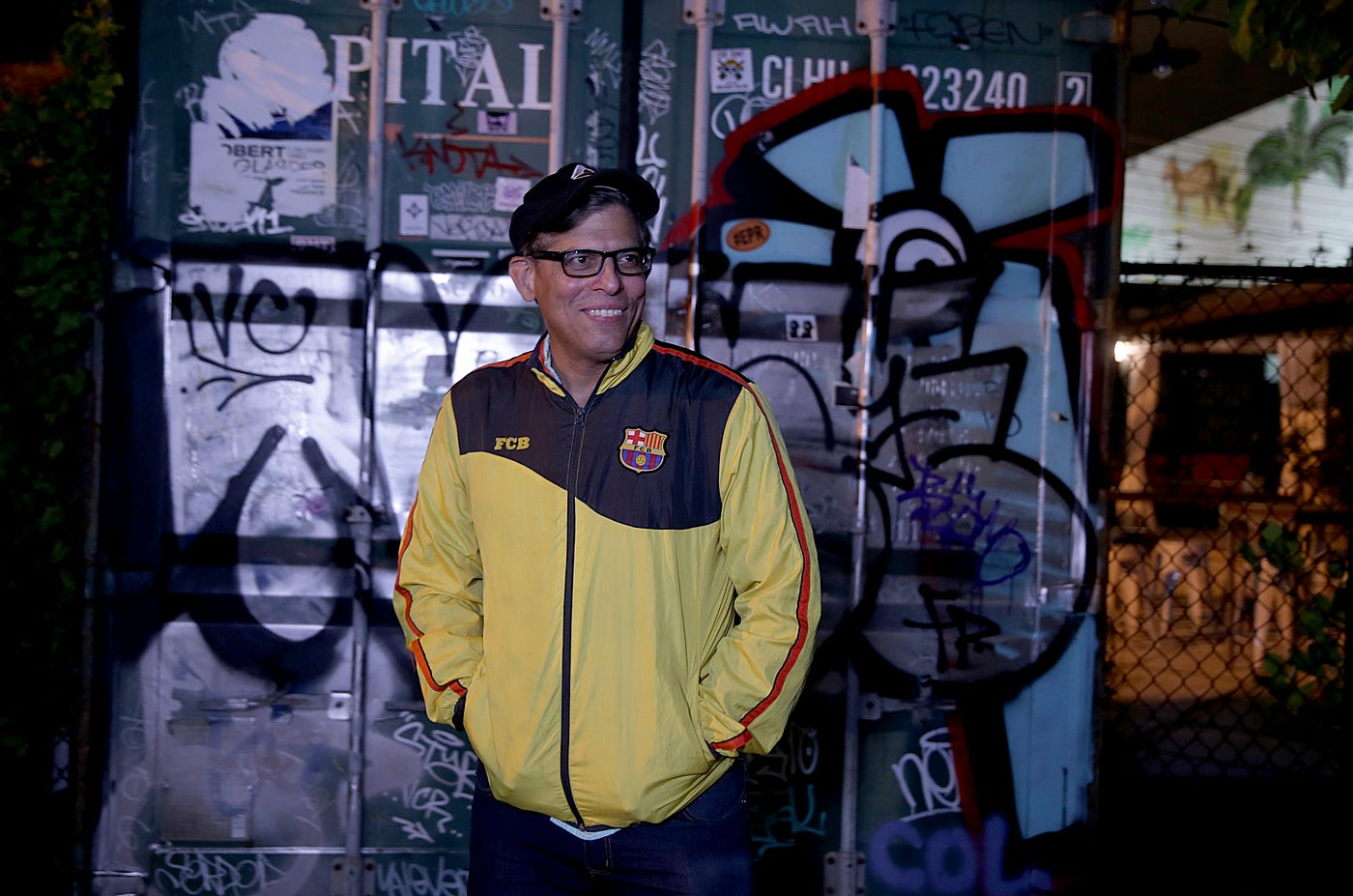
Juggerknot Theatre Company in Miami is back with another round of site-specific immersive stories based upon local history. After hitting up Little Havana in 2017 and MiMo in 2018, they’ve got their sights set on Wynwood and the individuals who have helped shaped this iconic neighborhood with the upcoming Wynwood Stories. Participants will be able to choose from one of two “bus routes” to learn about Miami’s art district, including the neigborhood’s history as a home to working class families, a garment district, as Little San Juan, as a street art hub, and more.
We spoke to playwright Juan C. Sanchez over email to learn more about Wynwood Stories and his approach to writing for immersive theatre.
No Proscenium (NP): Can you tell us a little about yourself and your background in making immersive theatre?
Juan C. Sanchez (JCS): I’m a Cuban-born, Miami-raised playwright. I studied theater and creative writing at Florida State University and New World School of the Arts, and I have a Film, Television and Digital Media Production degree from Miami Dade College’s School of Entertainment and Design Technology.
Locally, my plays have been produced or received staged readings by Juggerknot Theatre Company, Miami Theater Center, Actors Playhouse, Gablestage, Miami New Drama, District Stage Company, Florida International University, New Theatre, Outre Theatre Company, and The Lab. Outside of Miami, I’ve had plays produced by Terranova Collective, Your Name Here [A Queer Theatre Company] in NY; the Project [Theatre] in Los Angeles; The Postcard Theatre in North England; and Teatro MALI in Peru. I’ve had plays developed at the Playwrights Center in Minneapolis through the Playwright Development Program; and at The Labyrinth Theatre’s Summer Intensive.
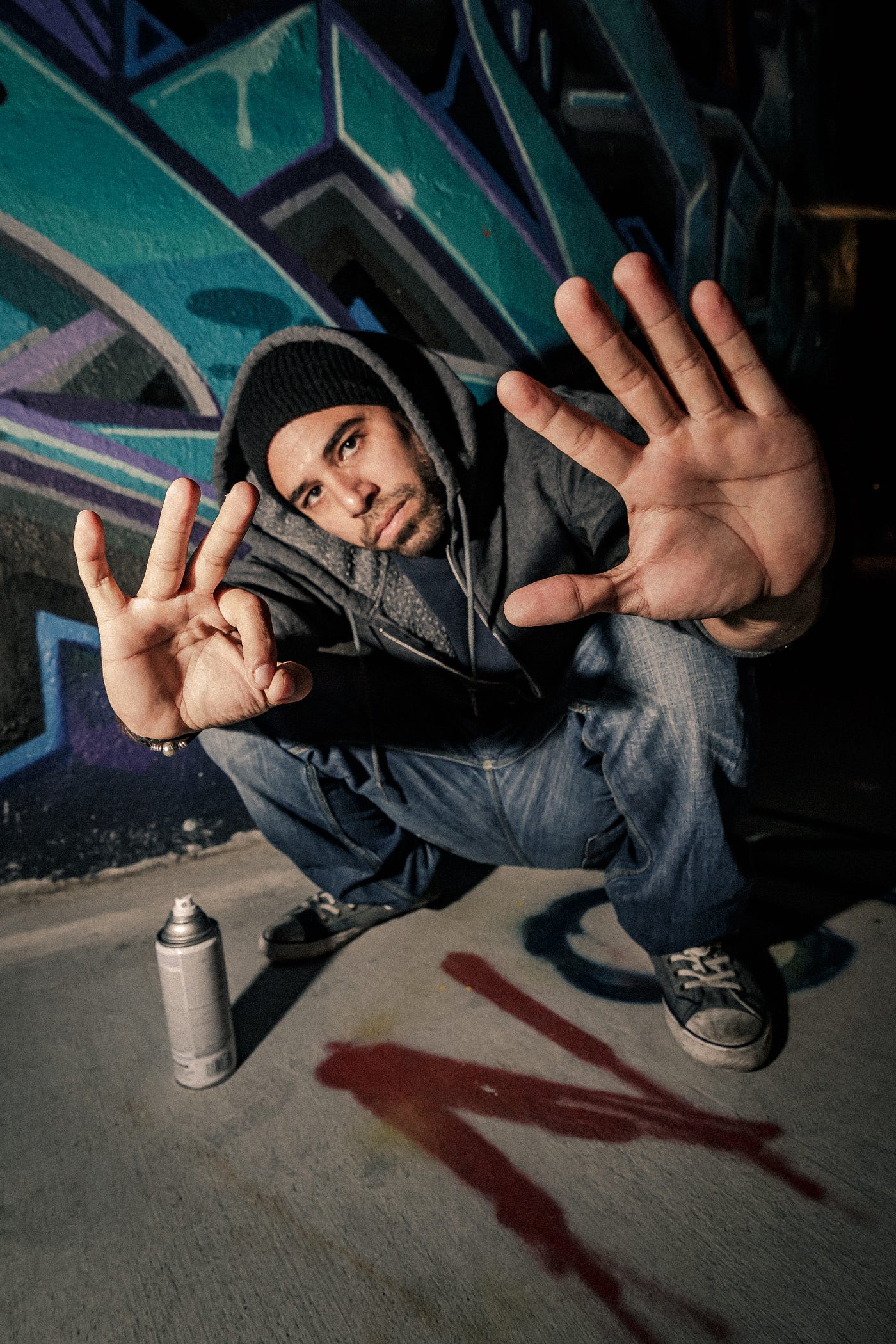
Wynwood Stories is my third immersive project and my third collaboration with Juggerknot Theatre Company. When Tanya Bravo, the artistic director, approached me about making our first immersive show, Miami Motel Stories: Little Havana, she had Tamilla Woodard of PopUp Theatrics and now the current Associate Artistic Director of WP Theatre, as the director — and everything I know about immersive creation came from Tamilla’s generous, kind, nurturing tutelage. She’s not only an amazing director, but also the best “guide and light” I could have asked for because making that play — the playwright portion — was trial by fire and learning-by-doing. I recently worked with the incredible director Mia Rovegno on our second immersive show, Miami Motel Stories: MiMo, and that was a world of learning, too.
And now I’m working with director Tai Thompson on Wynwood Stories and she has ideas about creating and devising immersive theatre that are both new and brilliant to me — so I’m just soaking it in and learning more and more with each project. Making immersive theatre is a collaborative process and I’m fortunate and thankful to create and learn with these amazing directors.
NP: What, in a nutshell, is the Wynwood Stories project about?
JCS: A long nutshell, sorry: Wynwood Stories is about a neighborhood and its people, the ones who live and/or work there; it’s about gentrification, redevelopment and economic growth — and how it changes the face of a community. It’s about art and the people who make or support it. Wynwood Stories gives voice to the neighborhood residents, developers, artists, and myriad other people from the past and the present, who have made a contribution, and have a different take and point of view about the neighborhood — where it is, has been, or is headed.
NP: What makes the Wynwood Stories experience different from previous editions of Miami Motel Stories?
JCS: The space itself is the biggest difference. We’re not working in a motel or a building like we’re used to — what we have is a serpentine space with different paths leading or connecting or circling around smaller structures. So that immediately changes how the audience travels and discovers the story. Also, talking about story, this time around, we’re creating an immersive theatre experience that incorporates documentary style with proscenium style — as a way to honor the truth of each character through the oral interviews we have collected, but also raise the stakes in terms of dramatic action and character need.
One thing that will not change is that audiences will leave the performance knowing the neighborhood more deeply — and hopefully with greater understanding and empathy toward the different perspectives, issues, and concerns surrounding the evolution of the place.
NP: How is the history of the venue incorporated into the story? And how are you selecting what kinds of stories to tell in Wynwood Stories?
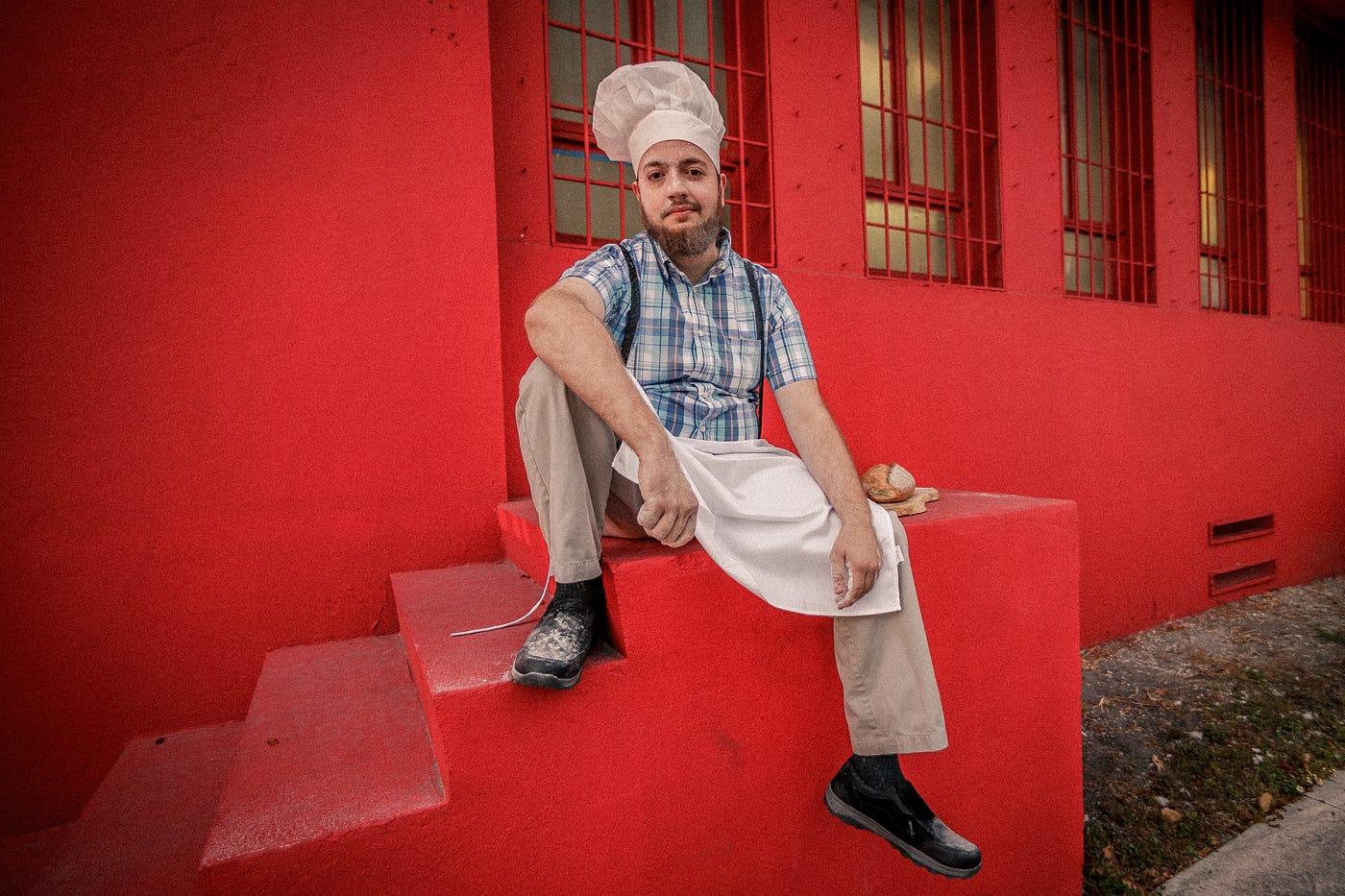
JCS: I interviewed the creator of The Wynwood Yard, and it became clear early on that she needed to be a character in the play. The reason she created the venue in the first place was to bring people together — and so that story is central to the story that is Wynwood Stories. So in the play, we meet this young woman as she prepares for a special event at the Yard — a Shabbat Dinner — and she weaves in and out of the narrative and throughout the piece, engaging with audiences, enlisting their help, and sharing her story about the spark that became Wynwood Yard.
Get Kathryn Yu’s stories in your inbox
Join Medium for free to get updates from this writer.
SubscribeSubscribe
The characters, the scenes, and the kinds of stories I tell are directly inspired from the history of the neighborhood. I let the historical research and the neighborhood itself speak to me. Each of the three immersive projects I’ve worked on has required a different way of cracking — of getting in — through a different kind of door.
NP: How is the audience incorporated into the work? What kinds of choices can the participants make?
JCS: I don’t want to give too much away. I would like the experience to come with its surprises, but the audience will be invited to take part in several activities throughout the piece and be part of conversations that address some of the concerns about the neighborhood today.
NP: What’s surprised you so far during the development of the experience?
JCS: Everything surprises me — and I swear I’m not being flippant here. This project, like the Motel Series, was created through historical research; that’s where scene ideas, characters, and plot elements usually come from, and every single day I find something unexpected, usually with how one seemingly different neighborhood connects with another. That’s a huge part of why I love making these projects.
It’s a way to discover how these places came to be, who was there and why that building has that name — and ultimately, these places and buildings and streets became more real, more personalized, and I feel closer to this place I live in — so the history is always surprising.
When I have a draft of something it usually feels really, really unfinished — until the director comes in, and then the actors — and that moment of collaboration is where the text becomes something else — and that is always surprising to me. I owe my life to directors, actors, and the talented production team that puts it all together and manages to make sense of the stuff I’ve put on paper.
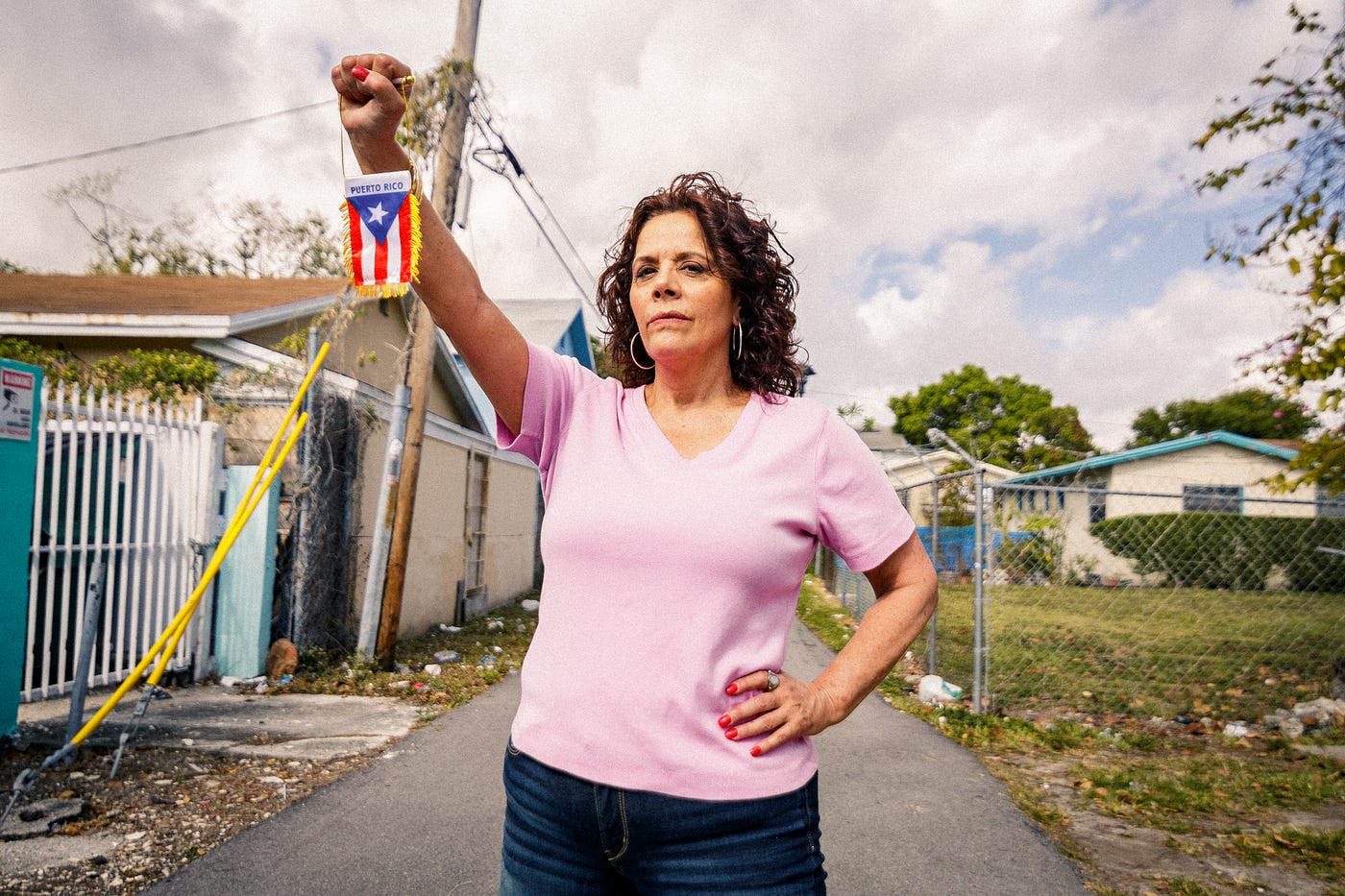
NP: From your perspective, what’s the biggest difference in writing for immersive theatre compared to proscenium theatre?
JCS: When writing for proscenium theatre the audience experience is usually to be a fly on the wall. Understanding and keeping in mind that in immersive theatre the audience should always be part of the action — and always central in the story — is the biggest difference I’ve been able to discover and work with consistently.
With Wynwood Stories, for instance, I started with the concept that the audience is in the same room or space with a character or two and they’re experiencing that particular story, but interruptions take them somewhere else and to another character and another story — so it feels like it’s everyone from the neighborhood trying to speak, to communicate, to be heard — but they can never get the full story out. Which to me, represents the contention surrounding the neighborhood — with no one ever getting the chance to speak their complete truth. So I find that immersive writing starts with the concept for the audience experience, which for me, usually comes from how the neighborhood reveals itself to me, and then working with the rest of the team to make that “reveal or revelation” theatrical in all possible ways.
NP: What do you hope participants take away from participating in the Wynwood Stories experience?
JCS: A greater understanding of the neighborhood and the differing voices behind the different perspectives. The neighborhood was built in 1917 and there are people still living who grew up there when it was white and working class and they have their ideas about the place, but you also have the Puerto Rican residents/families who moved there in late 40s and they have opinions about the changes and displacement that’s taken place, but you also have the graffiti artists who started bombing the walls in the late 80s, which brought the galleries, and the developers, and the muralists, and they all have an opinion, and different reasons for feeling and thinking the way they do. So giving audiences a moment where all of these people cross paths across time and speak to each other — or fight — is a way of creating an opportunity for them to be heard — and at the same time.
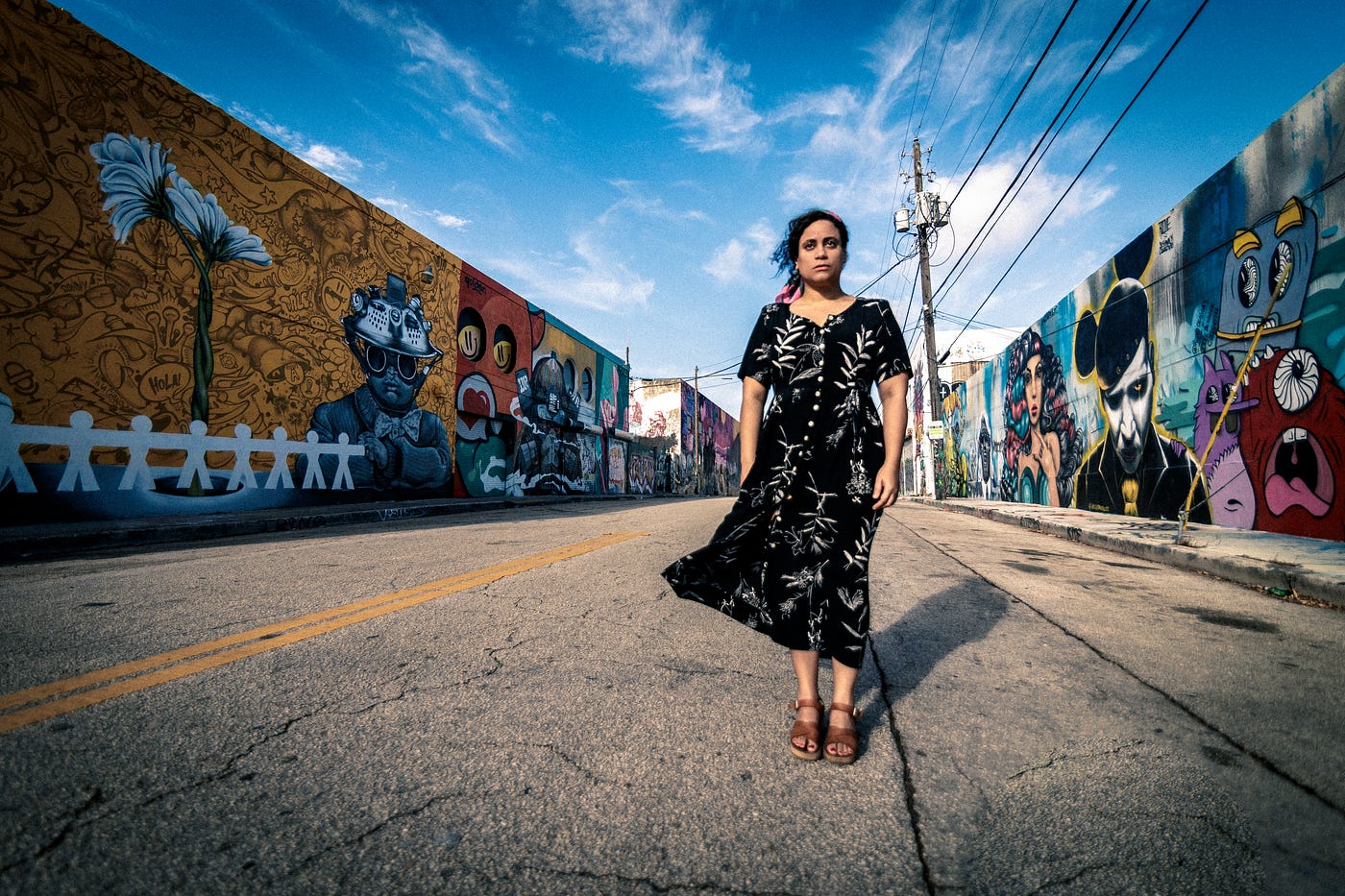
Wynwood Stories runs April 14 — May 4. Tickets are $75.
NoPro is a labor of love made possible by our generous Patreon backers. Join them today!
In addition to the No Proscenium web site, our podcast, and our newsletters, you can find NoPro on Twitter, Facebook, YouTube, Instagram, in the Facebook community Everything Immersive, and on our Slack forum.
Office facilities provided by Thymele Arts, in Los Angeles, CA.



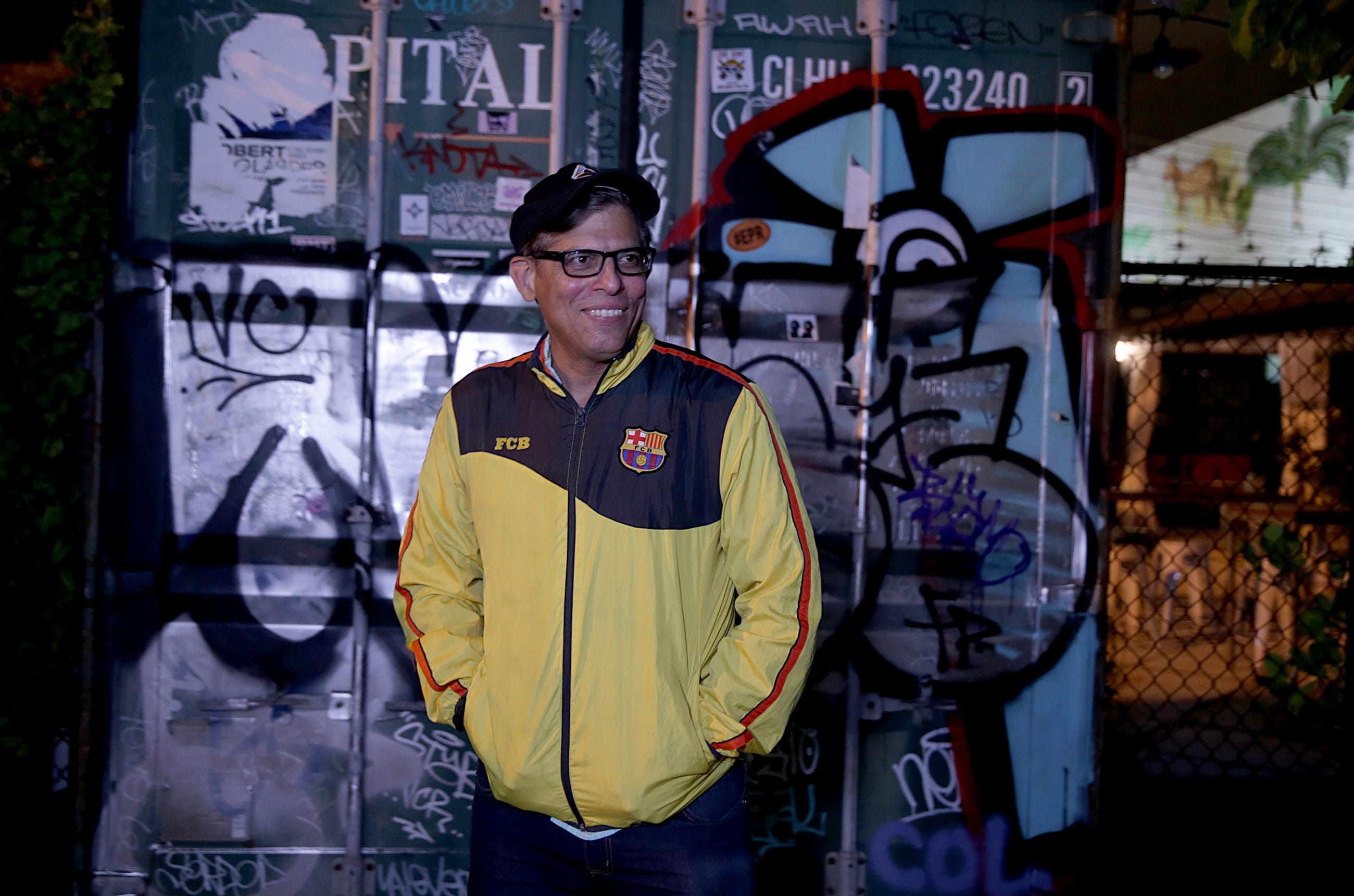
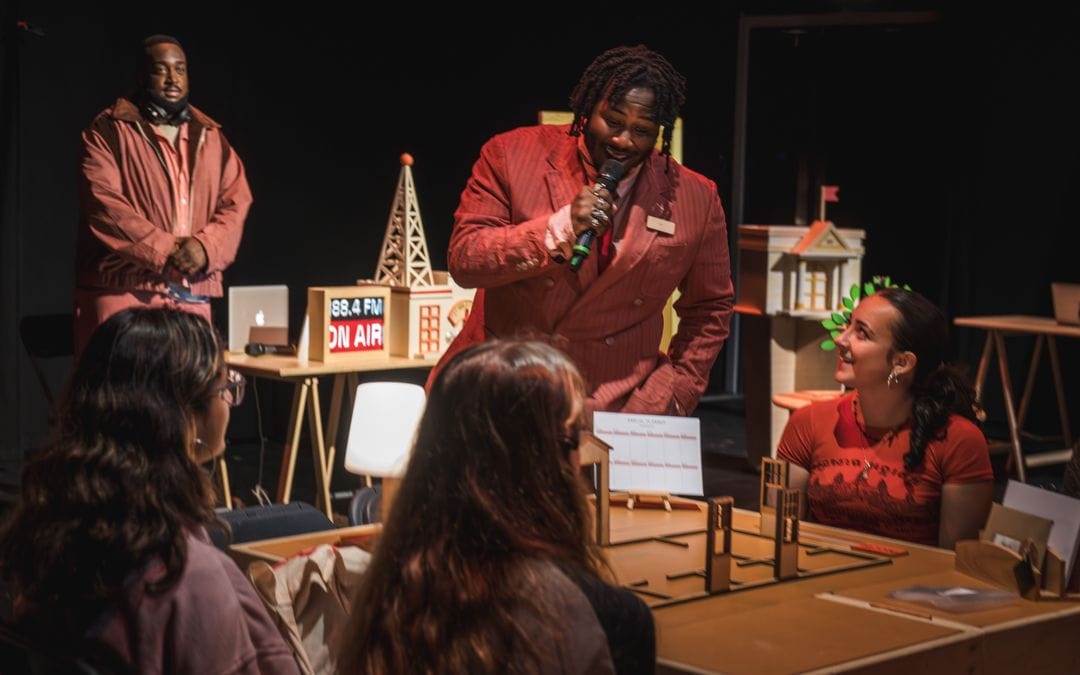















Discussion